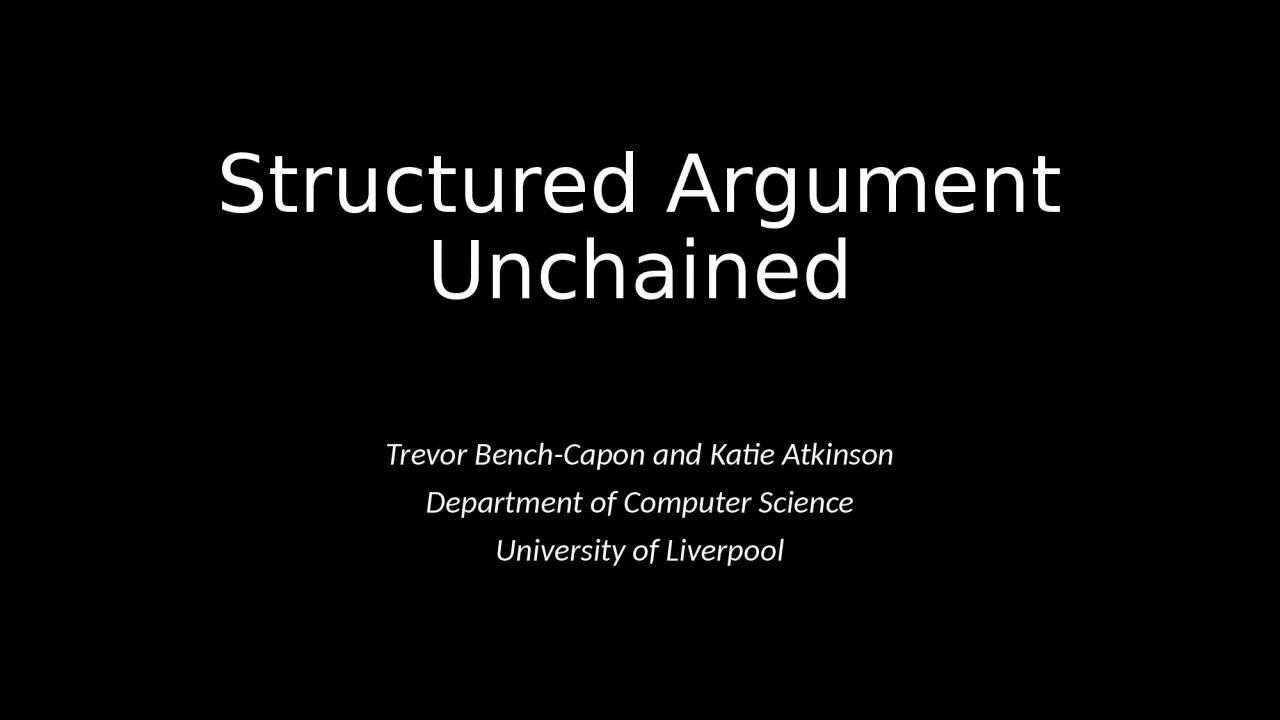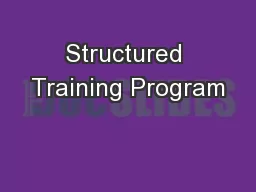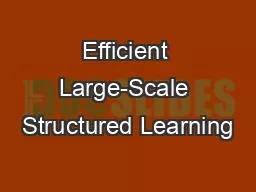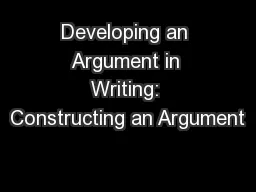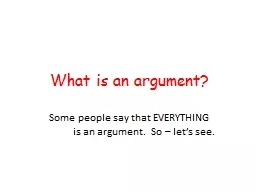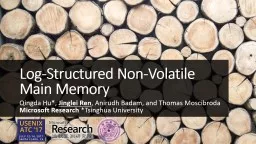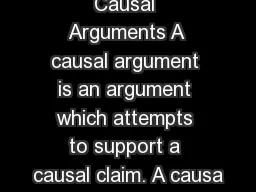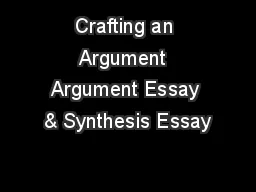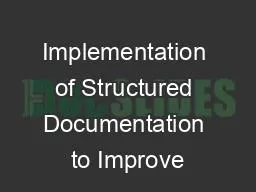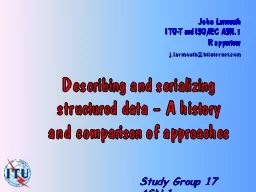PPT-Structured Argument Unchained
Author : harmony | Published Date : 2023-11-15
Trevor BenchCapon and Katie Atkinson Department of Computer Science University of Liverpool Natural Deduction Modus Ponens And Introduction Or Introduction Conditional
Presentation Embed Code
Download Presentation
Download Presentation The PPT/PDF document "Structured Argument Unchained" is the property of its rightful owner. Permission is granted to download and print the materials on this website for personal, non-commercial use only, and to display it on your personal computer provided you do not modify the materials and that you retain all copyright notices contained in the materials. By downloading content from our website, you accept the terms of this agreement.
Structured Argument Unchained: Transcript
Download Rules Of Document
"Structured Argument Unchained"The content belongs to its owner. You may download and print it for personal use, without modification, and keep all copyright notices. By downloading, you agree to these terms.
Related Documents

